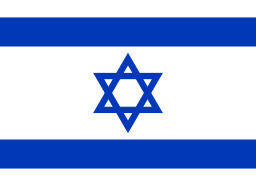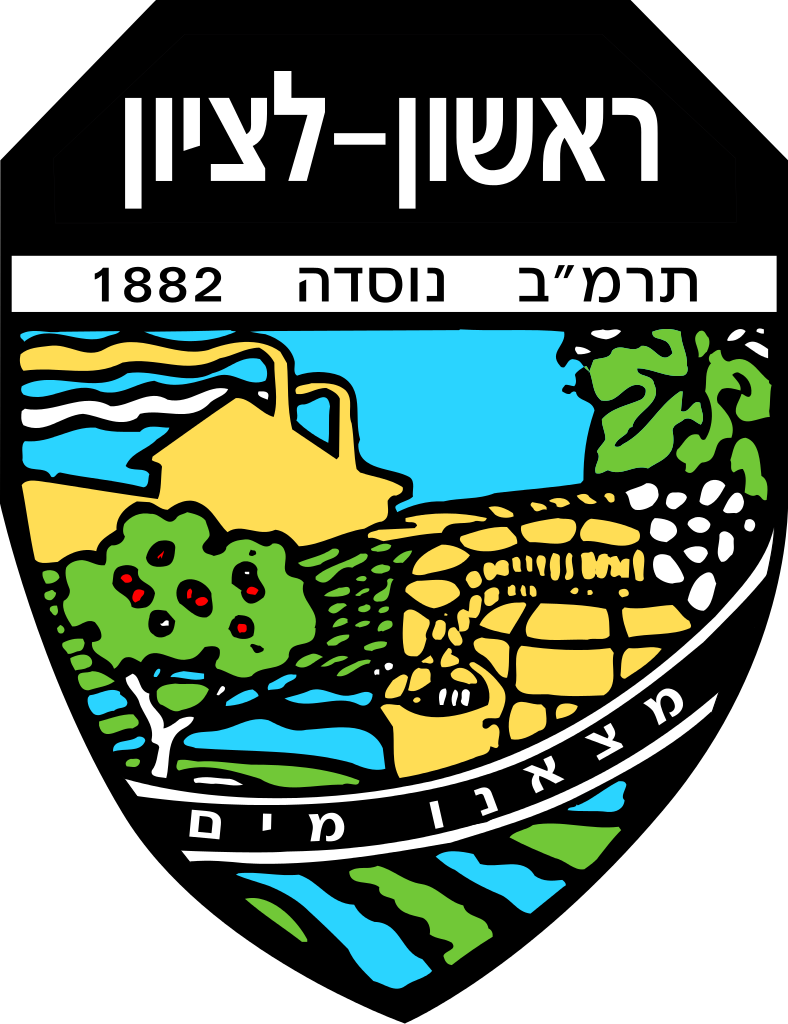
ראשׁוֹן לציוֹן Coordinates: 31° 57' 00.00" N 34° 48' 00.00" E 
|
||

ראשׁוֹן לציוֹן Coordinates: 31° 57' 00.00" N 34° 48' 00.00" E 
|
||
| Home | Maps | Links | Census |

Rishon LeZion1,8 ('First to Zion') was the second Jewish farm established in Palestine in the nineteenth century. Jews who emigrated from the Russian Empire founded the settlement in 1882. The ten founding immigrants, who came from Kharkov, Ukraine, belonged to Hovevei Zion2 ('those who are lovers of Zion'), an organization that was formed in Russia in response to the anti-Jewish pogroms of the 1880s.
The farm was sited on eight-hundred-thirty-five acres, southeast of today's Tel Aviv. The purchased land was part of the Arab village of Ayun Kara. The farm's sandy soil was not congenial for farming. Other disabilities of the farm were scarce water and the settler's lack of farming experience. The lack of water was a significant factor in the slow development of the settlement. Only after Baron Edmond James de Rothschild got involved in the administration of the farm did agricultural growth begin to accelerate; the baron's experts were able to find groundwater and dig wells to draw on this vital resource. The farm was devoted to the production of grapes and wine; other fruit orchards were planted, as well. By the late 1920's Rishon LeZion was becoming a major center for the citrus industry.
Ayun Kara was the location of a 14 November 1917 World War One battle between Ottoman Empire and New Zealand troops3,4; wounded soldiers were treated at a hospital in Rishon LeZion. A stone cenotaph was erected by the people of Rishon LeZion and dedicated to the memory of the New Zealand troops who died during that battle; the cenotaph no longer exists.
The Carmel-Mizrahi Winery was founded in 1886 as a result of Baron de Rothscild's support and direction. David Ben-Gurion, future first Prime Minister of Israel, was the leader of the winery's workers' union.
Rishon LeZion's synagogue was founded in 1885 and completed four years later; Baron Rothschild was involved in the construction of the town's synagogue. The Great Synagogue, as the town's shul came to be known, played a central role in the settlement's cultural life. Another key facet of life in Rishon LeZion was the 1886 establishment of the first Hebrew school in Palestine. Eliezer Ben-Yehuda, considered the 'father' of modern Hebrew, taught in Rishon LeZion.
Electricity came to Rishon LeZion in the 1920's as a consequence of the British Army's contract with the Palestine Electric Company for electric power. That contract permitted the company to provide electrical power to non-miliary users; besides Rishon LeZion, Rehovot and Nes Ziona received the benefit of the extended power grid.
Among the town's several landmarks is the Open Doors Holocaust Memorial sculpted and designed by Filipino artist Luis Lee, Jr. The memorial is in honor of Filipino President Manuel Quezon and those Filipino citizens who saved over twelve-hundred Jews from Nazi Germany5,6,7.
|
Please contact Leah Haber Gedalia with your additions, questions, corrections, or comments! webmaster: richard L. baum |
|
This page is hosted at no cost to the public by JewishGen, Inc., a non-profit corporation. If it has been useful to you, or if you are moved by the effort to preserve the memory of our lost communities, your JewishGen-erosity would be deeply appreciated. |
|
KehilaLinks Home |
JewishGen Home
|
Created: 11 April 2018
Last Modified: 06-13-2018
Copyright © 2018 Leah Gedalia
All Rights Reserved.